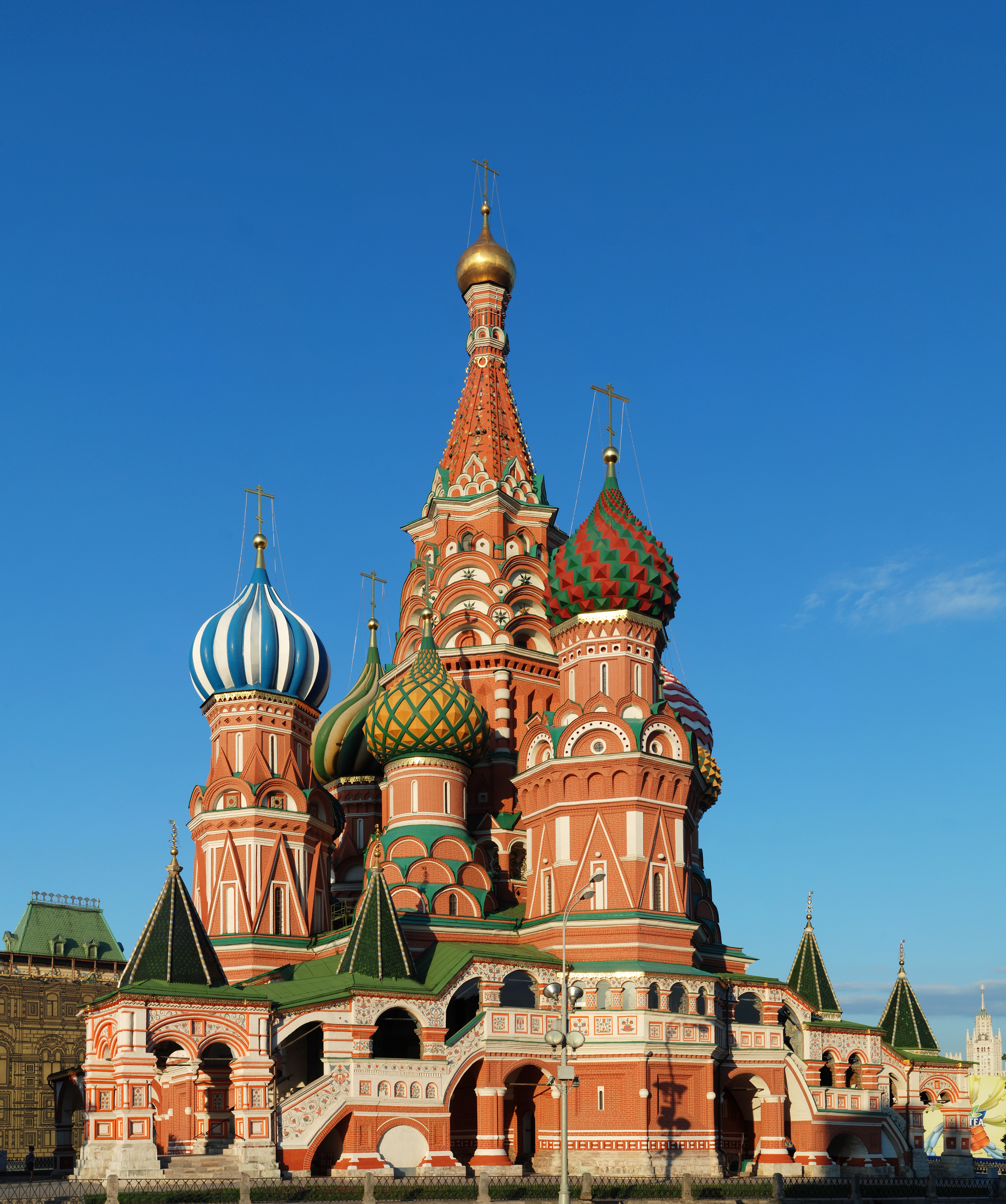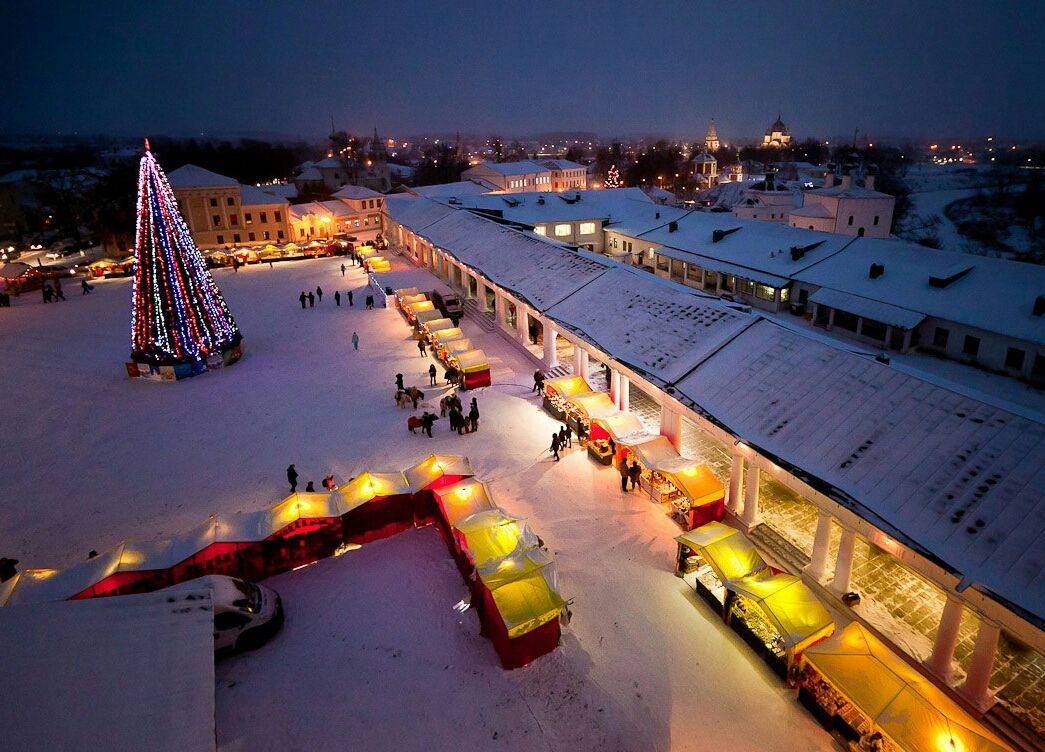|
Russian Lacquer Art
Russian lacquer art developed from the art of icon painting, which came to an end with the collapse of Imperial Russia. The icon painters, who previously had been employed by supplying not only churches but people's homes, needed a way to make a living. Thus, the craft of making papier-mâché decorative boxes and panels developed, the items were lacquered and then hand painted by the artists, often with scenes from folk tales. The four centers of Russian lacquer art The village of Fedoskino (Федоскино), located not far from Moscow on the banks of the Ucha River, is the oldest of the four art centers of Russian lacquer miniature painting on papier-mâché, which has been practiced there since 1795. It stands apart both geographically, and in that oil paints are used rather than egg tempera. While allowing the artist a free hand in impressionistic interpretation, the style of Fedoskino painting is largely realistic in composition and detail. The other three Russian lacqu ... [...More Info...] [...Related Items...] OR: [Wikipedia] [Google] [Baidu] |
Vladimir-Suzdal
The Principality of Suzdal, from 1157 the Grand Principality of Vladimir, commonly known as Vladimir-Suzdal, or simply Suzdalia, was a medieval principality that was established during the disintegration of Kievan Rus'. In historiography, the territory of the grand principality and the principalities that emerged from it is commonly denoted as northeast Russia or northeast Rus. Yuri Dolgorukiy, Yury Dolgoruky () moved his capital from Rostov, Yaroslavl Oblast, Rostov to Suzdal in 1125, following the death of his father. He ruled a principality that had become virtually independent. His son Andrey Bogolyubsky, Andrey () moved the capital to Vladimir, Russia, Vladimir and had Kiev sacked in 1169, leading to political power shifting to the north-east. Andrey's younger brother Vsevolod III () secured control of the throne, and following his death, a dynastic conflict ensued. Yuri II of Vladimir, Yury II () was killed during the Mongol invasion of Kievan Rus', Mongol invasions ... [...More Info...] [...Related Items...] OR: [Wikipedia] [Google] [Baidu] |
Papier-mâché
file:JacmelMardiGras.jpg, upright=1.3, Mardi Gras papier-mâché masks, Haiti Papier-mâché ( , , - the French term "mâché" here means "crushed and ground") is a versatile craft technique with roots in ancient China, in which waste paper is shredded and mixed with water and a binder to produce a pulp ideal for modelling or moulding, which dries to a hard surface and allows the creation of light, strong and inexpensive objects of any shape, even very complicated ones. There are various recipes, including those using cardboard and some mineral elements such as chalk or clay (carton-pierre, a building material). Papier-mâché reinforced with textiles or boiled cardboard (carton bouilli) can be used for durable, sturdy objects. There is even carton-cuir (cardboard and leather) There is also a "laminating process", a method in which strips of paper are glued together in layers. Binding agents include glue, starch or wallpaper paste. "Carton-paille" or strawboard was already describ ... [...More Info...] [...Related Items...] OR: [Wikipedia] [Google] [Baidu] |
Russian Art
Russian culture ( rus, Культура России, Kul'tura Rossii, kʊlʲˈturə rɐˈsʲiɪ) has been formed by the nation's history, its geographical location and its vast expanse, religious and social traditions, and both Eastern culture, Eastern and Western culture, Western influence. Cultural scientists believe that the influence of the East was fairly insignificant, since the Mongols did not coexist with the Russians during conquest, and the indigenous peoples were rather subjected to reverse cultural assimilation. Unlike the Scandinavian and more Western Europe, western neighbors, which have become the main reason for the formation of modern culture among Russians. Russian Russian literature, writers and Russian philosophy, philosophers have played an important role in the development of Western philosophy, European thought. The Russians have also greatly influenced classical music, Russian ballet, ballet, theatre, List of Russian artists, painting, Cinema of Russia, ... [...More Info...] [...Related Items...] OR: [Wikipedia] [Google] [Baidu] |
Khokhloma
Khokhloma (also Hohloma, Russian: хохлома; Russian pronunciation: əxɫɐˈma or Khokhloma painting (хохломская роспись, ''hohlomskaya rospis'') is a style of Russian art traditionally painted on wooden household items. It is known for its curved linear features depicting vivid small flowers, berries, grasses, and leaf motifs. The Firebird, a common and popular figure from the Russian fairytales is often featured as the main subject matter. The style is named after the village of Khokhloma (56.973°N 43.902°E) in Koverninsky District, Nizhny Novgorod Oblast, Volga region, where it first appeared in the second half of the 17th century. This region is known for wood crafts ranging from small household goods to carvings on gables and gates in the traditional peasant cottages. The abundance of timber made for prolific and notable woodcarving traditions emerge throughout the centuries. Alongside Khokhloma, there are other wood painting styles and traditio ... [...More Info...] [...Related Items...] OR: [Wikipedia] [Google] [Baidu] |
Troika (driving)
A troika (, "triplet" or "trio") is a traditional Russian horse driving, harness driving combination, using three horses abreast, usually pulling a sleigh. Overview The troika differs from most other three-horse combinations in that the horses are harnessed abreast. The middle horse is usually harnessed in a horse collar and shaft bow; the side horses are usually in Breastplate (tack), breastcollar harness. The troika is traditionally driven so that the middle horse trot (horse gait), trots and the side horses canter; the right-hand horse will be on the right lead (leg), lead and the left-hand horse on the left lead. The troika is often claimed to be the world's only harness combination with different Horse gait, gaits of the horses. The term "troika" is sometimes used to refer to any three-horse team harnessed abreast, regardless of harness style or what horse-drawn vehicle is used. At full speed a troika can reach , which was a very high land speed for vehicles in the 17t ... [...More Info...] [...Related Items...] OR: [Wikipedia] [Google] [Baidu] |
The Tale Of Tsar Saltan
The Tale of Tsar Saltan, of His Son the Renowned and Mighty Bogatyr Prince Gvidon Saltanovich and of the Beautiful Swan-Princess ( ) is an 1831 fairy tale in verse by Alexander Pushkin. As a folk tale it is classified as Aarne–Thompson type 707, " The Three Golden Children", being a variation of The Dancing Water, the Singing Apple, and the Speaking Bird. Similar tales are found across the East Slavic countries and in the Baltic languages. Synopsis Three sisters talk amongst themselves around a spinning wheel and dream of what each of them would do if she suddenly became a queen. The first of them promises to throw a feast for the whole world; the second, to weave linen; and the third, to give birth to a hero for the Father-Tsar. At this moment, Tsar Saltan — having eavesdropped on the sisters' conversation under the window — enters the room. He offers the third sister to become his wife, and names the other two his royal weaver and cook. While Saltan is away fightin ... [...More Info...] [...Related Items...] OR: [Wikipedia] [Google] [Baidu] |
Suzdal
Suzdal (, ) is a Types of inhabited localities in Russia, town that serves as the administrative center of Suzdalsky District in Vladimir Oblast, Russia, which is located along the Kamenka tributary of the Nerl (Klyazma), Nerl River, north of the city of Vladimir, Russia, Vladimir. As of the Russian Census (2021), 2021 Census, its population was 9,286. In the 12th century, Suzdal became the capital of the principality. Currently, Suzdal is the smallest of the Russian Golden Ring of Russia, Golden Ring towns. It has several sites listed as World Heritage Site, UNESCO World Heritage Sites. History The town's history dates back to 999 and 1024. In 1125 Yuri Dolgorukiy, Yury Dolgoruky made Suzdal the capital of the Vladimir-Suzdal#Rostov-Suzdal, Rostov-Suzdal principality. In 1157, Andrey Bogolyubsky, Andrei Bogolyubsky moved the capital from Suzdal to Vladimir, from which time the principality was known as Vladimir-Suzdal. Suzdal was burned and plundered in 1237 during the Mo ... [...More Info...] [...Related Items...] OR: [Wikipedia] [Google] [Baidu] |
Russian Revolution Of 1917
The Russian Revolution was a period of Political revolution (Trotskyism), political and social revolution, social change in Russian Empire, Russia, starting in 1917. This period saw Russia Dissolution of the Russian Empire, abolish its monarchy and adopt a socialist form of government following two successive revolutions and Russian Civil War, a civil war. It can be seen as the precursor for Revolutions of 1917–1923, other revolutions that occurred in the aftermath of World War I, such as the German Revolution of 1918–1919. The Russian Revolution was a key events of the 20th century, key event of the 20th century. The Russian Revolution was inaugurated with the February Revolution in 1917, in the midst of World War I. With the German Empire inflicting defeats on the front, and increasing logistical problems causing shortages of bread and grain, the Russian Army was losing morale, with large scale mutiny looming. Officials were convinced that if Tsar Nicholas II abdicated ... [...More Info...] [...Related Items...] OR: [Wikipedia] [Google] [Baidu] |
Icon
An icon () is a religious work of art, most commonly a painting, in the cultures of the Eastern Orthodox, Oriental Orthodox, Catholic Church, Catholic, and Lutheranism, Lutheran churches. The most common subjects include Jesus, Mary, mother of Jesus, Mary, saints, and angels. Although especially associated with portrait-style images concentrating on one or two main figures, the term also covers most of the religious images in a variety of artistic media produced by Eastern Christianity, including narrative scenes, usually from the Bible or the lives of saints. Icons are most commonly painted on wood panels with egg tempera, but they may also be cast in metal or carved in stone or embroidered on cloth or done in mosaic or fresco work or printed on paper or metal, etc. Comparable images from Western Christianity may be classified as "icons", although "iconic" may also be used to describe the static style of a devotional image. In the Greek language, the term for icon painting uses ... [...More Info...] [...Related Items...] OR: [Wikipedia] [Google] [Baidu] |
Russia
Russia, or the Russian Federation, is a country spanning Eastern Europe and North Asia. It is the list of countries and dependencies by area, largest country in the world, and extends across Time in Russia, eleven time zones, sharing Borders of Russia, land borders with fourteen countries. Russia is the List of European countries by population, most populous country in Europe and the List of countries and dependencies by population, ninth-most populous country in the world. It is a Urbanization by sovereign state, highly urbanised country, with sixteen of its urban areas having more than 1 million inhabitants. Moscow, the List of metropolitan areas in Europe, most populous metropolitan area in Europe, is the capital and List of cities and towns in Russia by population, largest city of Russia, while Saint Petersburg is its second-largest city and Society and culture in Saint Petersburg, cultural centre. Human settlement on the territory of modern Russia dates back to the ... [...More Info...] [...Related Items...] OR: [Wikipedia] [Google] [Baidu] |
Mstyora Miniature , Russia
{{Geodis ...
Mstyora may refer to: * Mstyora (inhabited locality), name of several inhabited localities in Russia * Mstyora railway station, a railway station in Vladimir Oblast, Russia * Lake Mstyora, a lake in Vladimir Oblast, Russia * Mstyora River, a river in Vladimir Oblast Vladimir Oblast () is a federal subject of Russia (an oblast). Its administrative center is the city of Vladimir, which is located east of Moscow. As of the 2010 Census, the oblast's population was 1,443,693. The UNESCO World Heritage L ... [...More Info...] [...Related Items...] OR: [Wikipedia] [Google] [Baidu] |





